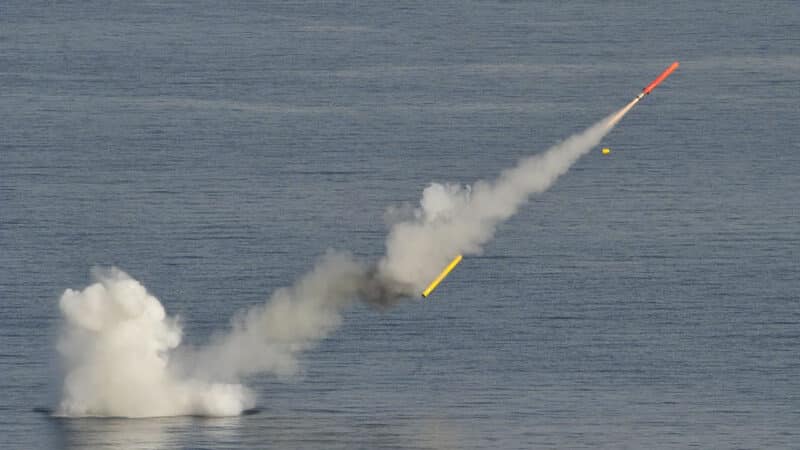Relatively preserved during the Cold War, Japan has, unlike Germany, retained until today the strict constraints of its post-war constitution in terms of armed forces. Thus, for Tokyo, the Japanese armed forces, designated under the title of self-defense forces, are designed only to ensure the immediate defense of the country. In fact, even if the Japanese forces are far from negligible, with in particular an air force fielding 240 combat planes including 150 F-15Js, and a strong naval force of 20 submarines, 36 destroyers (including 8 AEGIS), 8 frigates (22 in the end) as well as 2 light aircraft carriers, these were not equipped, until recently, with long-range strike and power projection capabilities, in compliance with the constitution of the country.
In recent years, however, faced with the hardening of the threat posed by the Chinese war effort, but also by North Korea and Russia, the positions of the Japanese authorities have changed significantly. Thus, in 2019, the government of Shinzo Abe undertook to soften the strict constraints imposed on the Japanese self-defense forces to respond to security issues, paving the way, from the following year, to the transformation of the two helicopter carriers of the Izumo class to be able to implement the F-35B fighter-bomber with vertical or short take-off and landing, allowing the navy to equip itself with two aircraft carriers for the first time since 1945. Similarly, the Japanese air forces were able to equip themselves with medium and long-range missiles, in a logic of preemptive strikes to counter the threat now posed by semi-ballistic missiles and other hypersonic missiles that elude the traditional interception capabilities of the AEGIS system.

Since then, Tokyo has continued its slow but inexorable slide to equip itself with a complete defensive arsenal, as Federal Germany did in the 50s. The new White Paper, published in August, confirms this transformation, with the identified Chinese and Russian threat in sight, this is a first for Tokyo, as “major threats” for Japan. Numerous armament programs were launched simultaneously, whether for the new-generation FX aircraft intended to replace the F-2, directed energy weapon systems et electromagnetics, or more traditionally, with the modernization of the Japanese fleet with the arrival of Taigei-class submarines and Mogami-class frigates. To respond to the ballistic threat, and expand the country's long-range strike capabilities, the Japanese Self-Defense Forces have also undertaken the evolution of its Type-12 anti-shipping system which currently arms its shore batteries, to make it a cruise missile with a range of 1000 km, capable of hitting ground targets. Initially planned to arm Japanese combat ships and aircraft, this evolution of the Type-12 will also arm Japanese submarines in the future, a medium-changing version to be developed in the years to come.

The rest of this article is for subscribers only
The Classic subscriptions provide access to
all articles without advertising, starting at € 1,99.
Newsletter subscription
Register for the Meta-Defense Newsletter to receive the
latest fashion articles daily or weekly


[…] […]